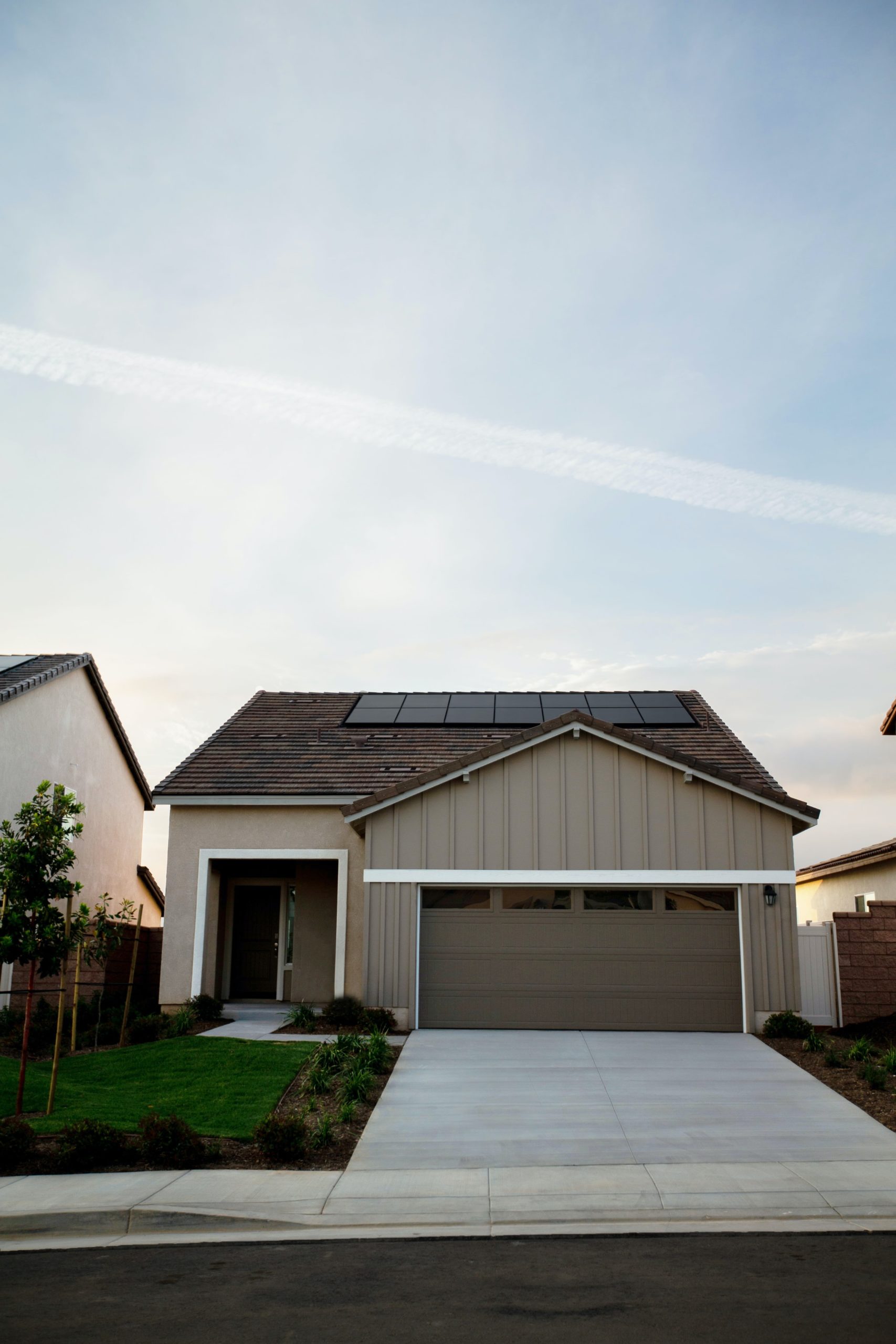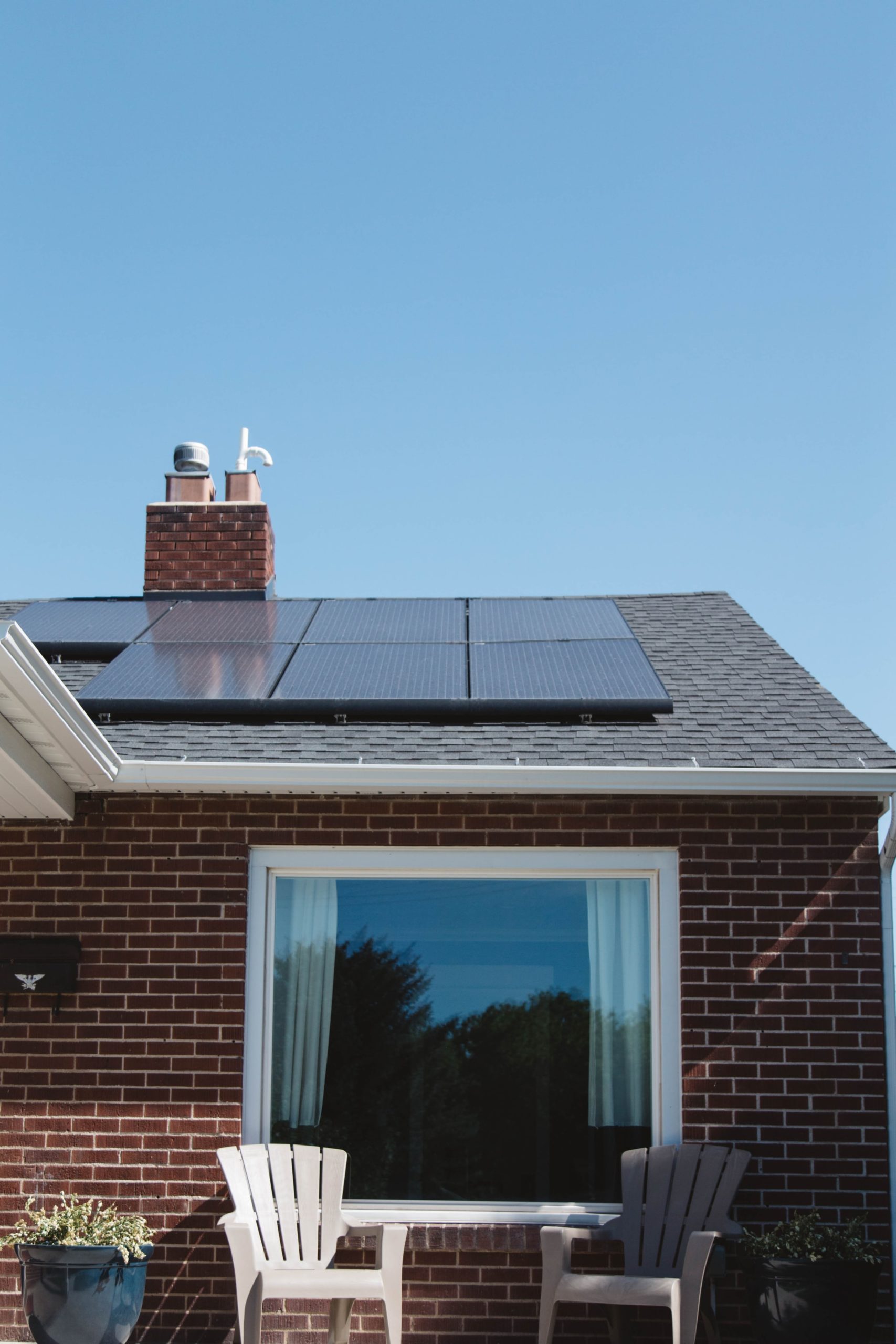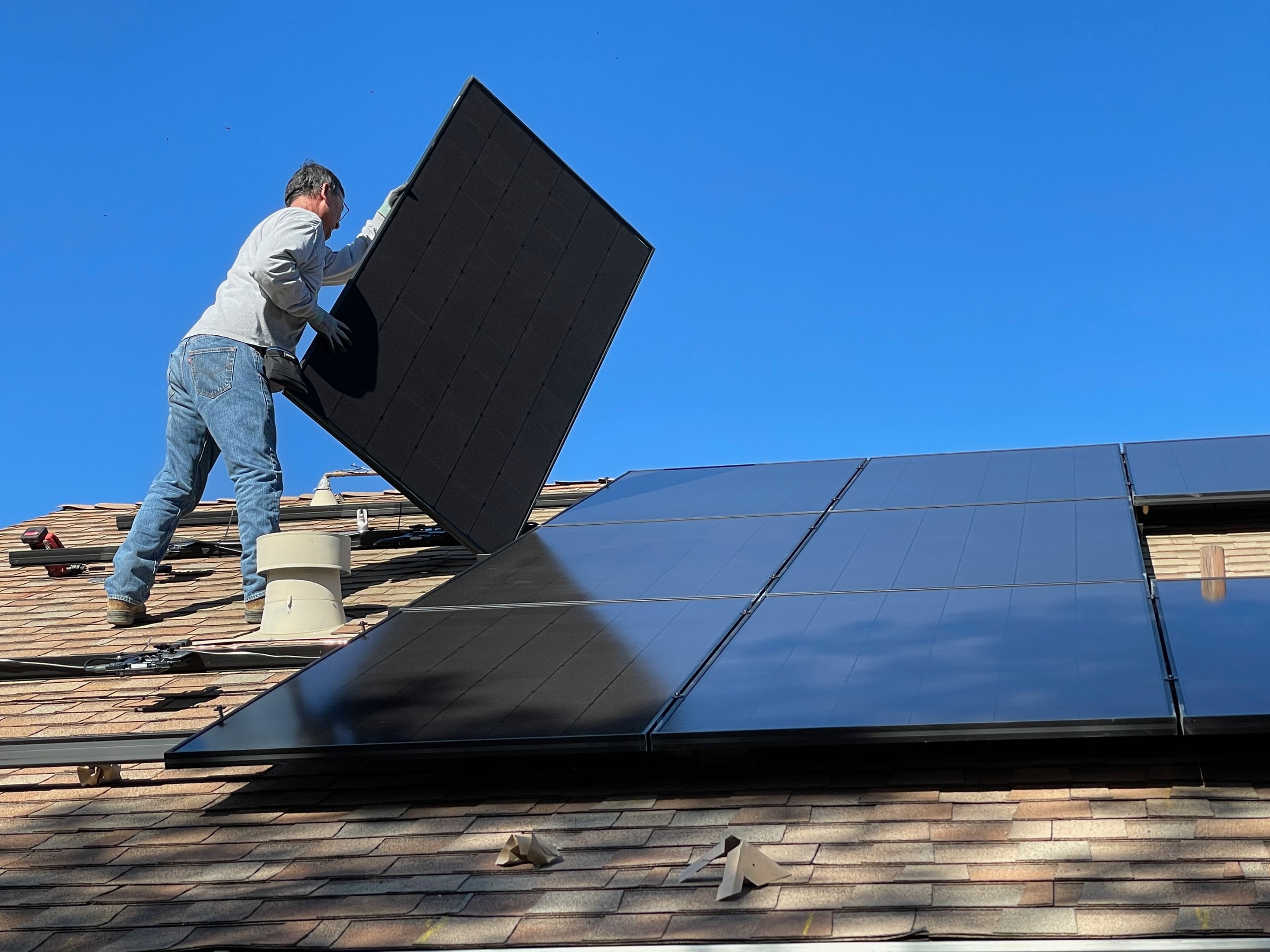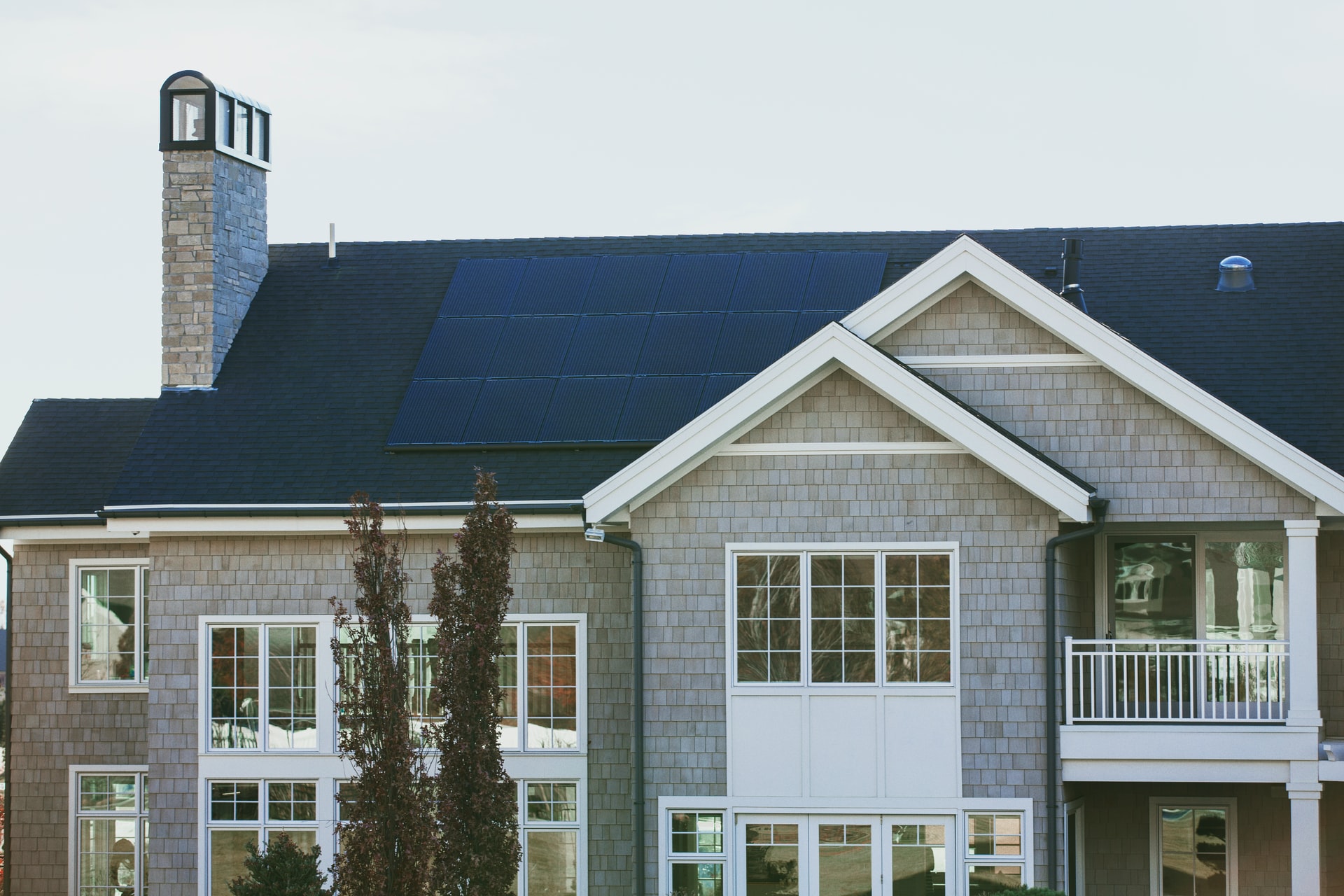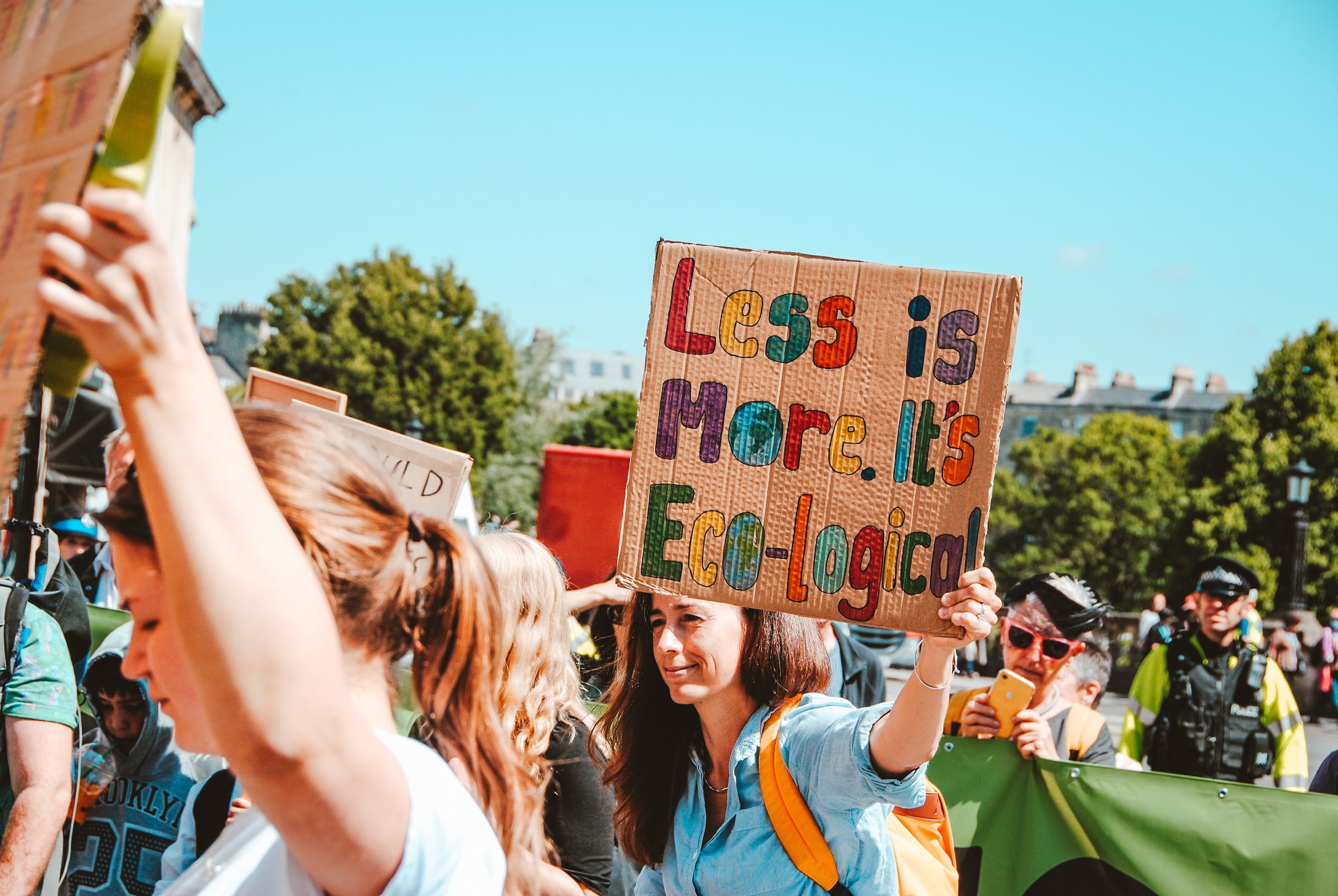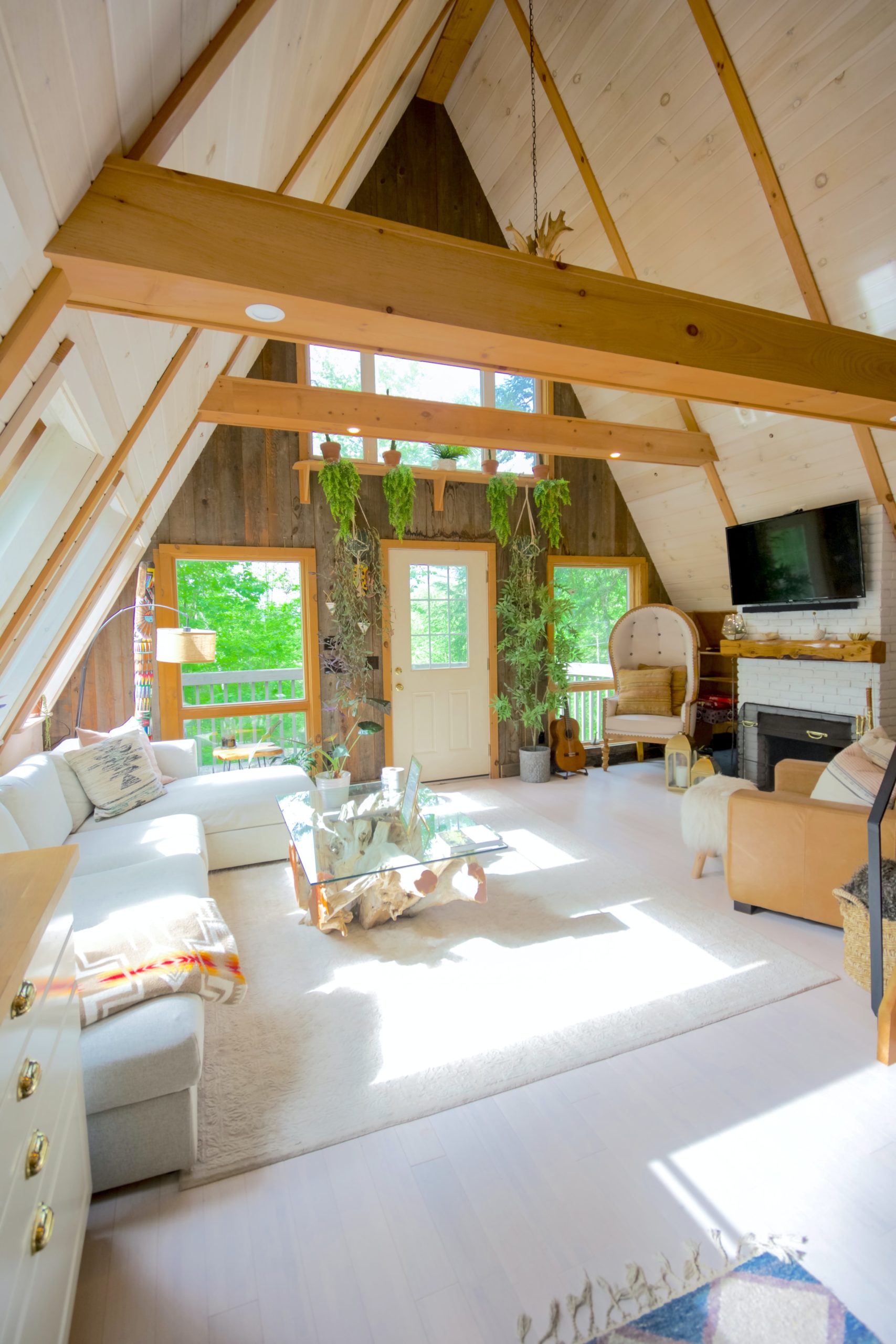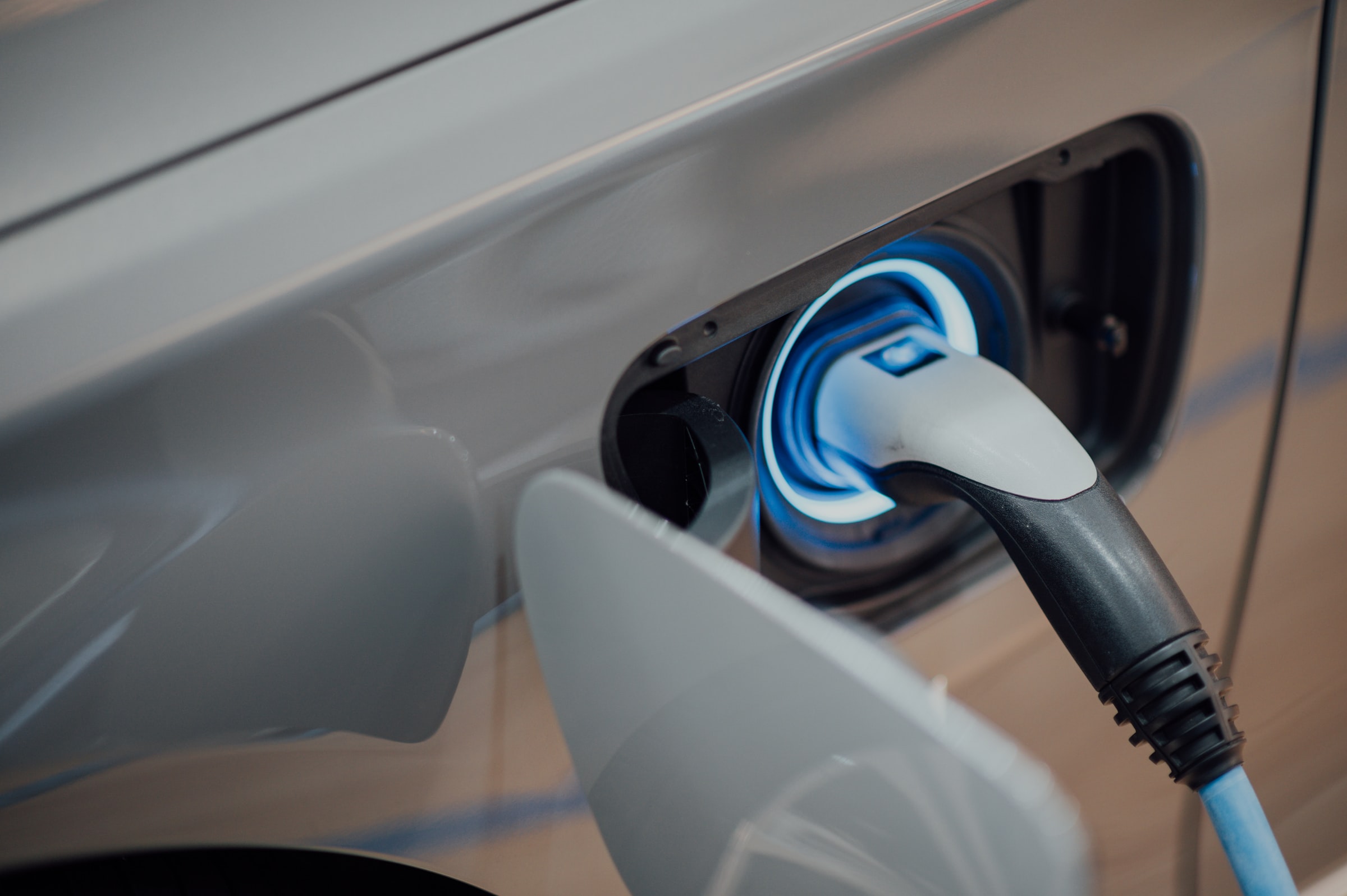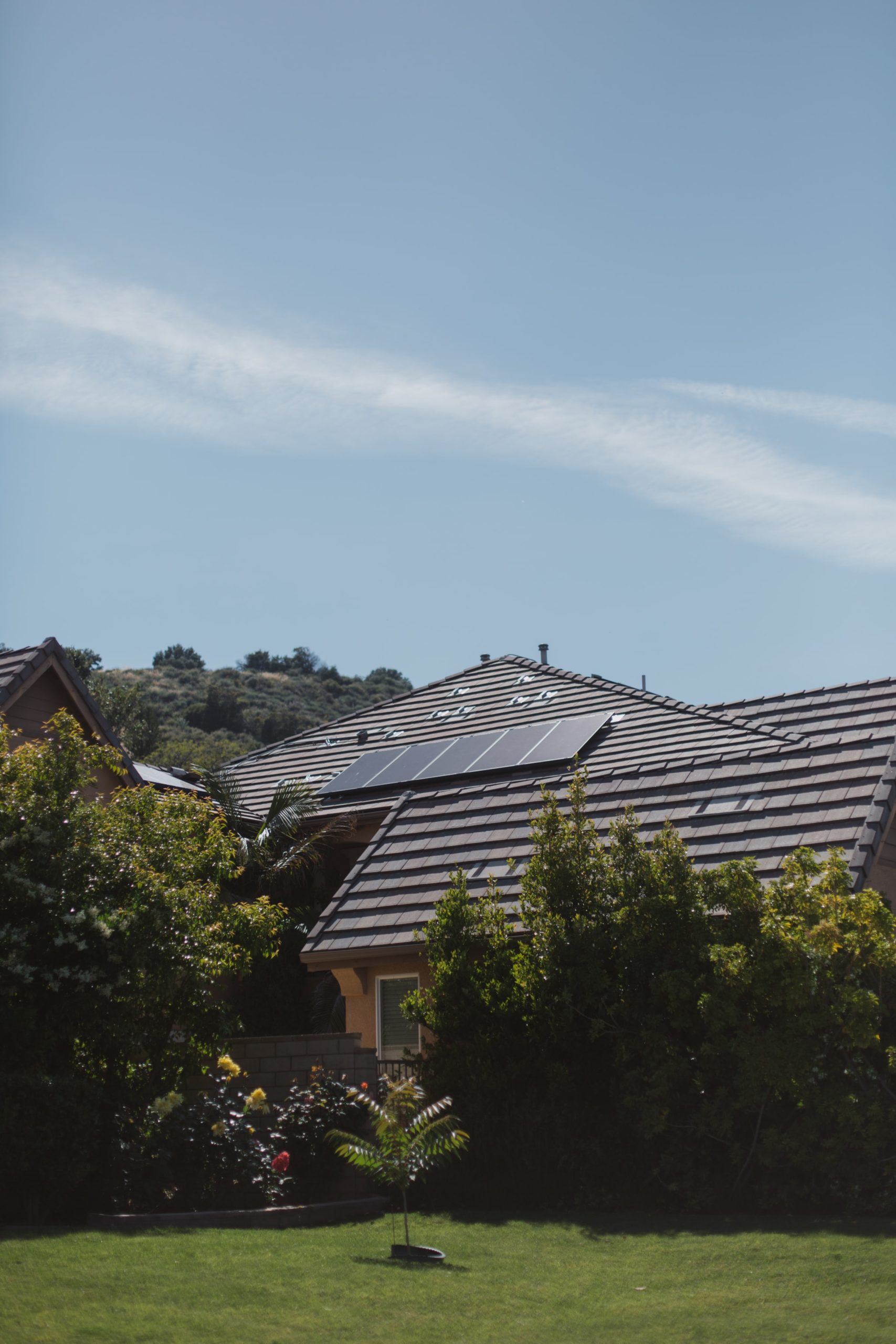If you want to participate in the protection of the environment, opt for an ecological house. To do this, you can renovate your old house or build a new one with the appropriate materials and equipment. So, without further ado, let’s dive into this blog and learn some of the things that can help you choose them.
Natural materials
The roof
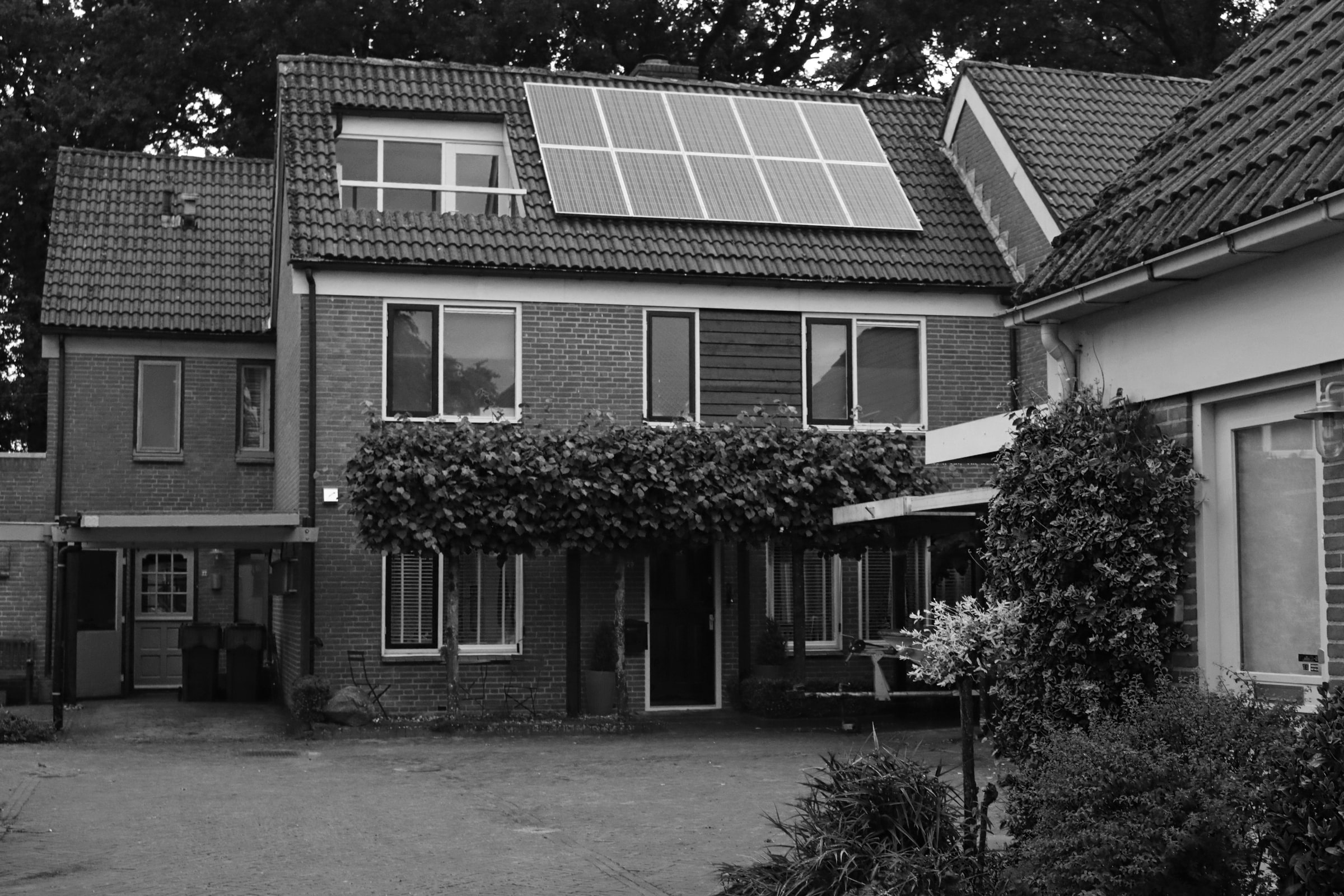
Start by choosing a natural wood roof. With this material, the frame can be erected in the shortest possible time while keeping the site clean. You can add brick, stone or wood panels for more aestheticism.
For the roof, use shingles, as they offer the advantage of being both light and resistant. You can also opt for terracotta tiles without dyes, which can last for over 150 years. You can choose between a cone-shaped, flat, or mechanical tile, depending on your taste. It is also possible to install concrete tiles by choosing flat shapes with a roof pitch of 45°.
The walls
Three options are available for having an ecological wall:
- Brick walls: bricks are noble and are very resistant to fire ;
- Terracotta walls: they blend in perfectly with the wooden equipment to harmonize your interior decoration;
- Wooden walls: in addition to their durability, these walls have a good natural hygrometric regulator. Favour labelled models to limit the importation of exotic woods. Don’t hesitate to call a renovation specialist if you want to change the type of wall.
An ecological heating system
By choosing an ecological heating system, you can save more energy and optimize your comfort. It also contributes favourably to the reduction of greenhouse gas emissions. To benefit from renewable energy by using a boiler, opt for the following:
-
- A low-temperature boiler
-
- A condensing gas boiler
-
- A micro-generation gas boiler
-
- A wood pellet boiler.
As for the heat pump, choose:
-
- An air-to-water heat pump
-
- An air-to-air heat pump
-
- A geothermal heat pump.
You can also use stoves by choosing :
-
- Wood pellet stoves
-
- Log stoves
-
- Mass heating stoves.
Insulation
A natural insulator is the most effective in enjoying thermal and acoustic comfort.
Cork
Cork comes from the cork oak tree and is available in the form of loose sheets or granules. Its quality lies in its resistance to humidity and its rot-proof character. It is often used to fit out uninhabitable attics. You can also install it on floors or walls.
Wood fibre
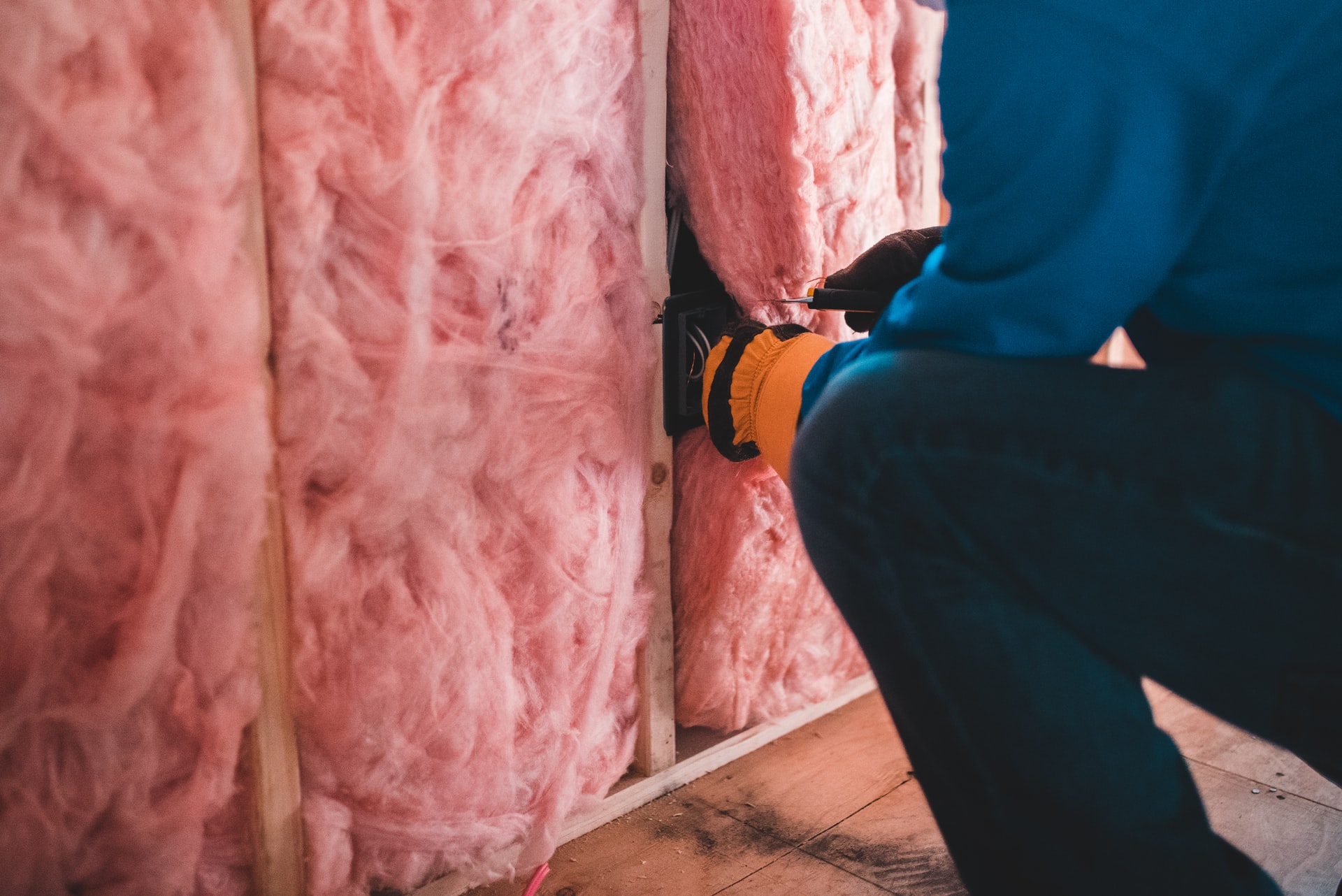
Wood fibre insulation is suitable for floors, walls, partitions and roofs. It is available in rigid, semi-rigid and bulk panels.
Hemp wool
Hemp is renowned for its rot-proof, anti-fungal and thermo-regulating properties. This insulation is suitable for walls, attics, roofs and partitions.
Flax fibres
The fibres to be used must be short for them to become insulating. They are resistant to insects, rodents and moulds thanks to the presence of boron salt. Attics, roofs and walls can accommodate them well.
Sheep’s wool
Sheep’s wool is the ideal insulator to avoid hearing airborne noise. Available in panels, rolls and felt, it is intended for roofs and attics that are not habitable. To have better resistance, it is better to treat it with boron salt.
Duck feathers
Duck feathers are reserved for lost attics, walls, ceilings and floating floors. They exist in rolls and panels.
Cellulose wadding
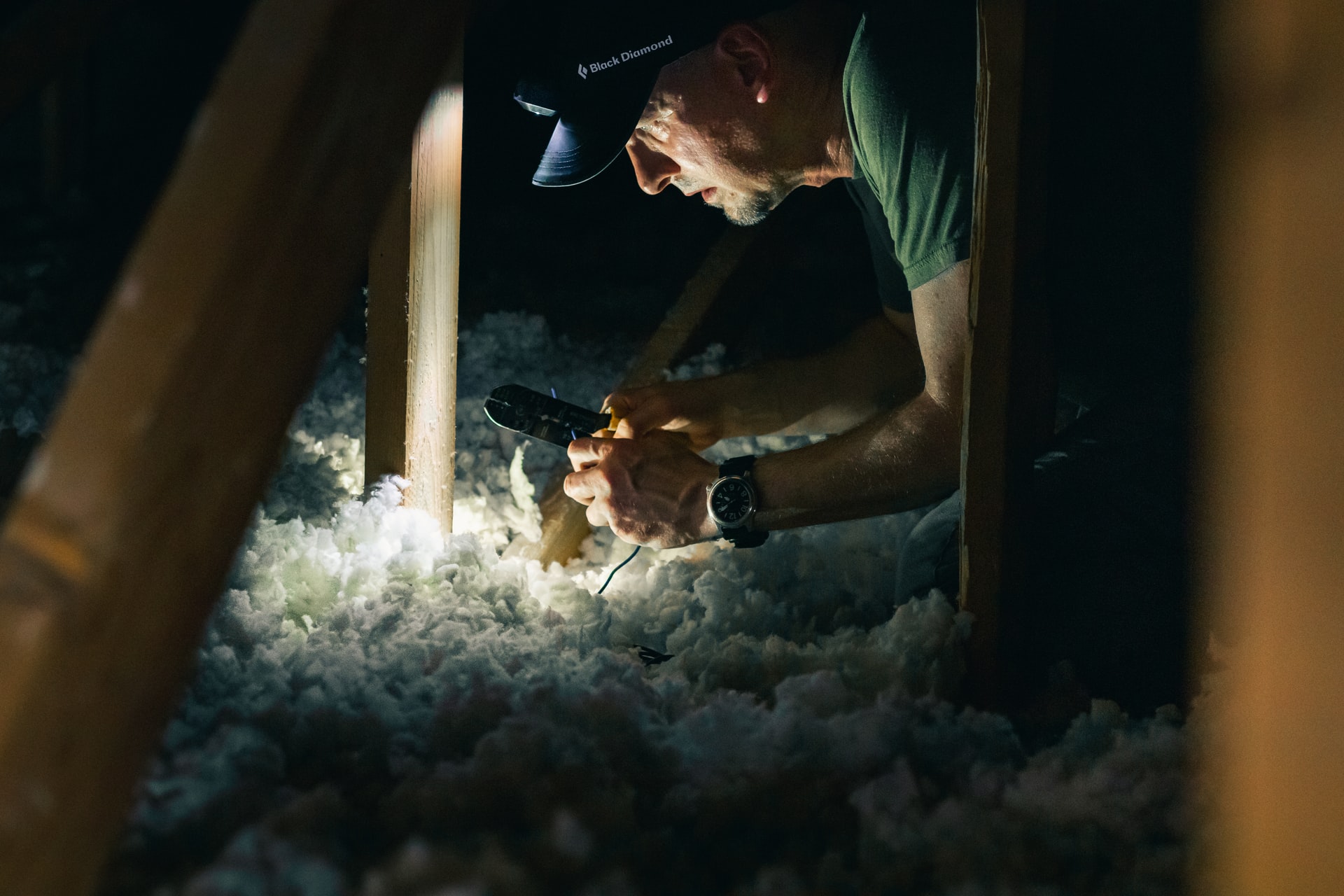
Cellulose wadding insulation is intended for lost attics, partitions, floors and false ceilings. It prevents the creation of thermal bridges thanks to its lightness.
However, some of these insulations are not suitable for houses under construction. Call an eco-builder to get the right one if this is the case.
Sound off in the comments section below, and tell us what you want to read next and if you want to read more about building a green and sustainable home.
